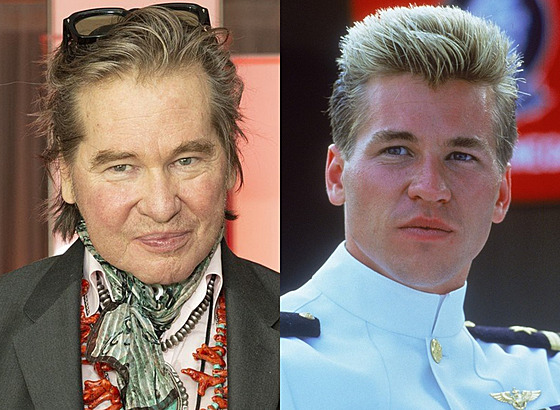Val Edward Kilmer’s story began on December 31, 1959, in Los Angeles — and this year, on April 1, 2025, the world said goodbye to one of its most intriguing screen presences. As fans and fellow artists mourn his passing, it’s worth pausing to reflect on the life he lived: the soaring highs, the aching lows, the creative passion, and the resilience he carried to his last breath.
Early Roots & the Spark of Ambition
Born to Eugene Dorris Kilmer (a real estate and aerospace equipment businessman) and Gladys Swanette Ekstadt, Val navigated a childhood marked by change. His parents divorced when he was young, and his mother later remarried.
Tragedy struck in 1977, when Val’s younger brother Wesley, who had epilepsy, died after having a seizure while in the family’s Jacuzzi. Wesley was just 15. The loss cast a long shadow — it was a wound Val later admitted took years to heal, but one that also infused his art with emotional weight.
He attended Chatsworth High School, alongside classmates Kevin Spacey and Mare Winningham — all three would go on to navigate difficult, celebrated careers in the performing arts.
He then made headlines: at 17, he became the youngest actor admitted to Juilliard’s drama division (at the time) — a clear early signal of the ambition and talent ahead.

From Stage to Screen — The Chameleon’s Rise
Kilmer’s early theatrical training served as a foundation. In New York, he appeared in Shakespeare, and co-wrote and performed in the play How It All Began, based on the autobiography of West German urban guerrilla Michael Baumman.
His transition to film began with quirky, genre-bending roles. He starred in the 1984 spoof Top Secret! as rock idol Nick Rivers, then followed with Real Genius (1985).
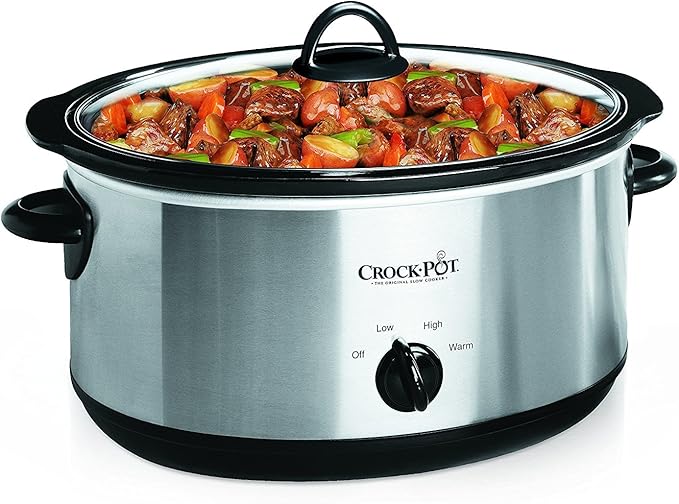
He made a bold career move: turning down a role in The Outsiders (Francis Ford Coppola) in order to make his Broadway debut in The Slab Boys (1983), performing alongside emerging talents like Sean Penn and Kevin Bacon.
In 1986, he landed the iconic role of Tom “Iceman” Kazansky opposite Tom Cruise in Top Gun, a performance that made him a household name. Though Kilmer later claimed he initially didn’t care much for the project, his portrayal added a vital dynamic to the film’s legacy.
But it was 1991’s The Doors that cemented his status: his uncanny embodiment of Jim Morrison brought both critical praise and public attention. He sang his own parts, committed fully to Morrison’s charisma and chaos, and drew the gaze of critics and audiences alike. The
Over the 1990s, Kilmer embraced risk and versatility:
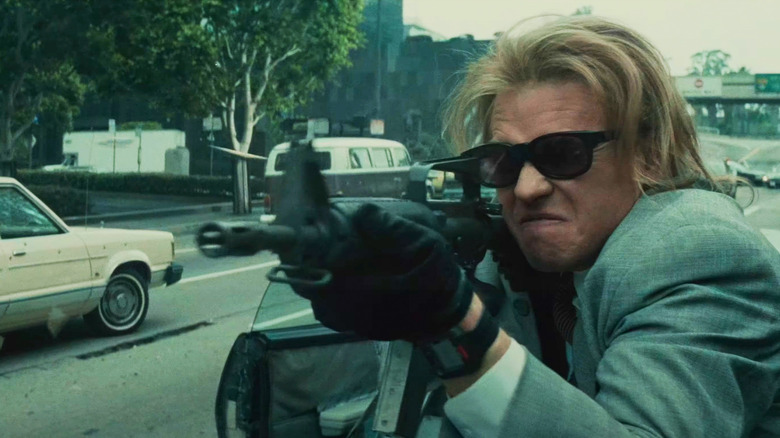
- Tombstone (1993) as Doc Holliday, his take on the iconic gunslinger remains beloved. \
- True Romance (1993), where he erotically channeled Elvis Presley in a brief but unforgettable turn.
- Batman Forever (1995), where he donned the cape as Bruce Wayne/Batman. Though opinions on this version are mixed, it underscored Kilmer’s willingness to take on blockbuster roles.
- Heat (1995), working with Michael Mann, Al Pacino, and Robert De Niro — a crime drama that remains a high point in 1990s cinematic ambition.
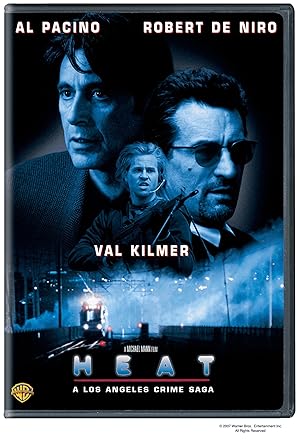
He also kept exploring varied genres — thrillers, westerns, historical epics, comedies. Films he appeared in grossed more than $3.85 billion globally over his career.
Later, he would return to Iceman one last time with a poignant cameo in Top Gun: Maverick (2022). Because of his health struggles, AI was used to help reconstruct parts of his voice.
He also wrote and produced. His one-man show Citizen Twain (he portrayed Mark Twain) and his memoir I’m Your Huckleberry (2020) revealed his love for literature, reflection, and narrative.
The 2021 documentary Val, made by his children, pulled back the curtain: he shared home footage, struggles, triumphs, regrets, and revelation
The Human Ties: Love, Struggle, Spirit
Kilmer’s personal life was as raw and earnest as his screen presence.
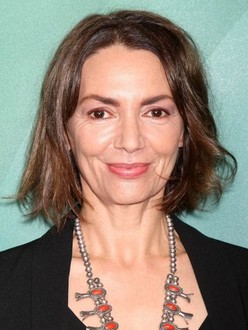
He married actress Joanne Whalley in 1988 (they met on the set of Willow). The pair had two children — Mercedes (1991) and Jack (1995) — before divorcing in 1995. Despite the split, they remained close and co-parented. PBS+4IMDb+4Smooth+4
He also had notable relationships with Cher (early 1980s), Carly Simon, and Daryl Hannah (in the early 2000s). His relationship with Hannah was one he described as among the most painful and profound loves of his life. PBS+3Smooth+3Wikipedia+3
Even in his public persona, there was a defiance of convention. Interviews show him wrestling with fame, identity, failures and reinvention. He once said in Val:
“I have behaved poorly. I have behaved bravely. I have behaved bizarrely to some. I deny none of this … I am blessed.” PBS+1
His faith in Christian Science, poetry, painting, and literature were constant companions. Late in life, when his voice was damaged due to throat cancer treatment, he turned more to visual art and written storytelling as ways to continue speaking. The Guardian+4Arts, Artists, Artwork+4Biography+4
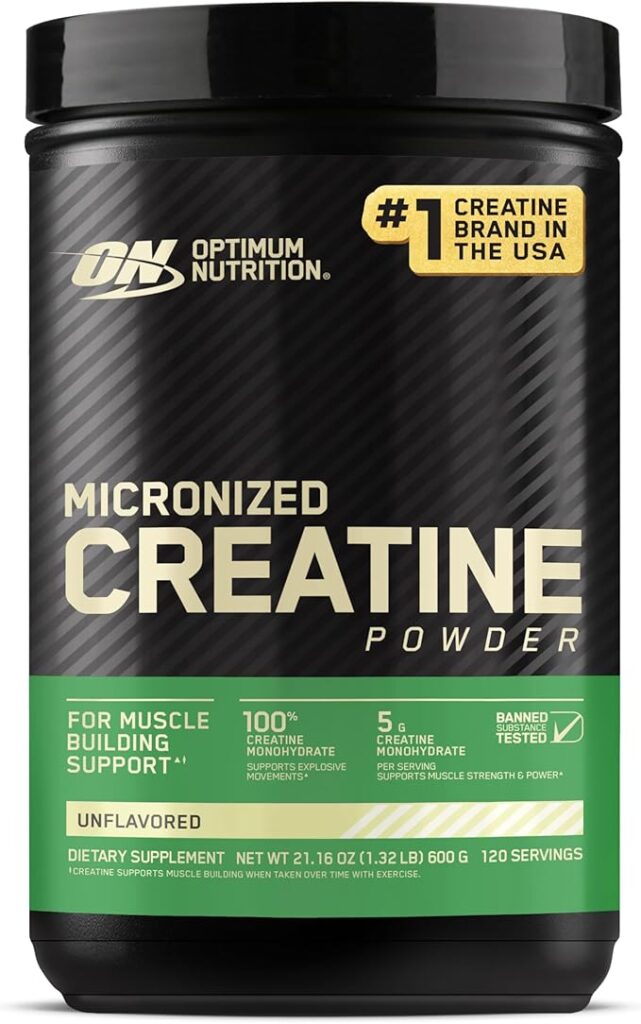
Battles, Decline & Final Days
Val Kilmer’s health journey was a turbulent, courageous chapter.
In 2014, he was diagnosed with throat cancer. He underwent chemotherapy, radiation, and two separate tracheotomies. The surgeries, while life-saving, left him with severely diminished vocal capacity.
He often spoke of the difficulty between breathing, speaking, and eating — a tradeoff many take for granted. Years later, in Val, he reflected on how much identity and selfhood are tied to the voice.
Despite his illness, Kilmer persevered. His cameo in Top Gun: Maverick was a moment of fragile triumph — he communicated via typing and AI-augmented voice.
On April 1, 2025, Kilmer passed away in Los Angeles at age 65. His daughter Mercedes confirmed he died of pneumonia, surrounded by family and friends.
His death certificate listed pneumonia as the immediate cause, with underlying conditions including chronic respiratory failure, squamous cell carcinoma at the base of the tongue, malnutrition, and complications from the tracheocutaneous fistula.

Celebrating a Legacy — What He Leaves Behind
Val Kilmer was many things: actor, poet, painter, storyteller, seeker. His will to create outlasted many of the obstacles fate threw his way.
- He flexed between stage and screen, between comedy and tragedy, refusing to be typecast.
- He imbued roles with depth, from The Doors to Tombstone, often becoming them.
- He continued to speak — if not always with his voice — via film, writing, art, and the documentary that allowed him to retell his own story.
- He was unapologetically himself: flawed, bold, ambitious, and unafraid to crash against the walls of expectation.
To fans, Val Kilmer remains vivid: the cool but restless Iceman; the fiery, poetic Jim Morrison; the wounded, witty artist who lost his voice but kept narrating from inside. His life reminds us that even in silence, there is expression; that pain can fuel art; and that legacy is not just in what you say, but how you live.
